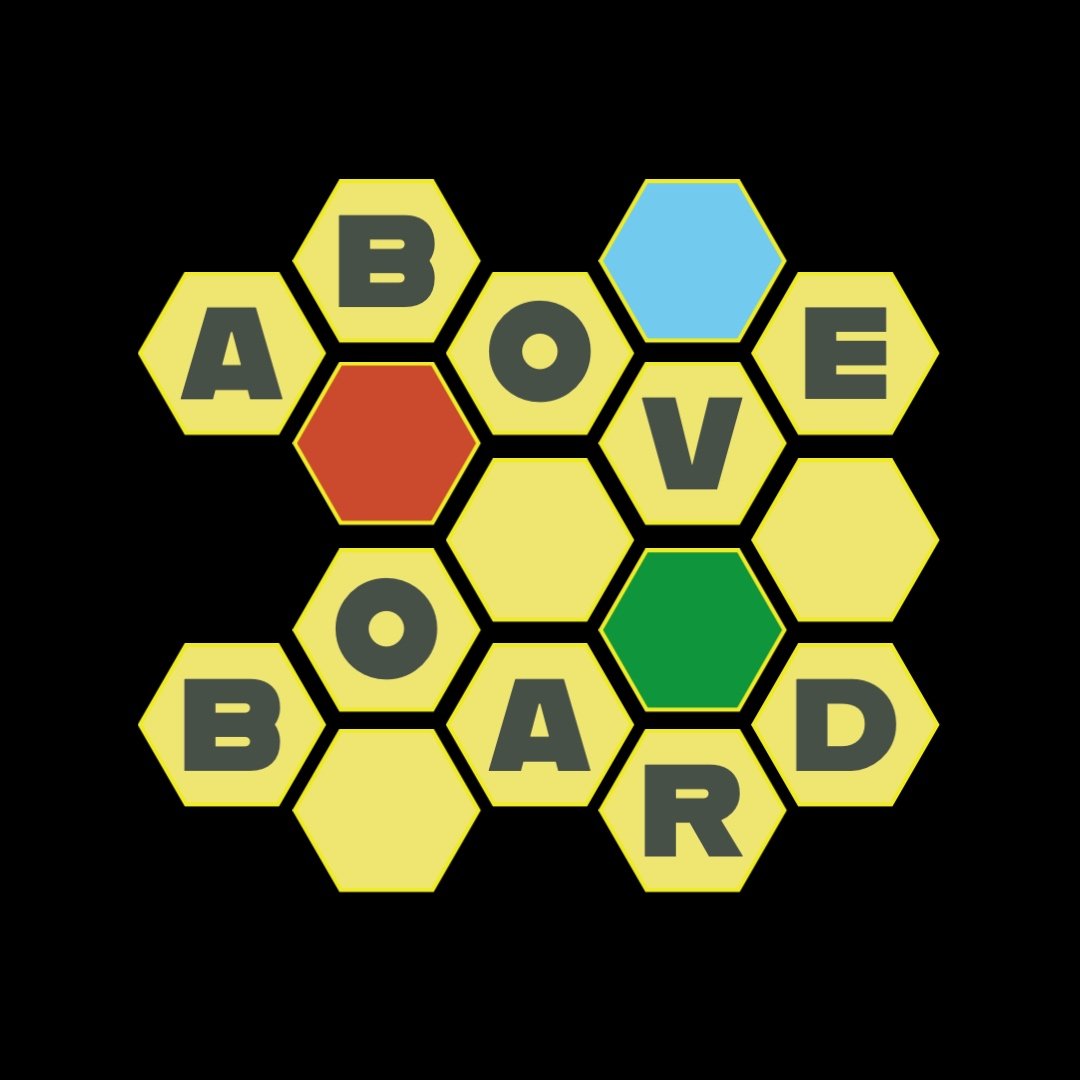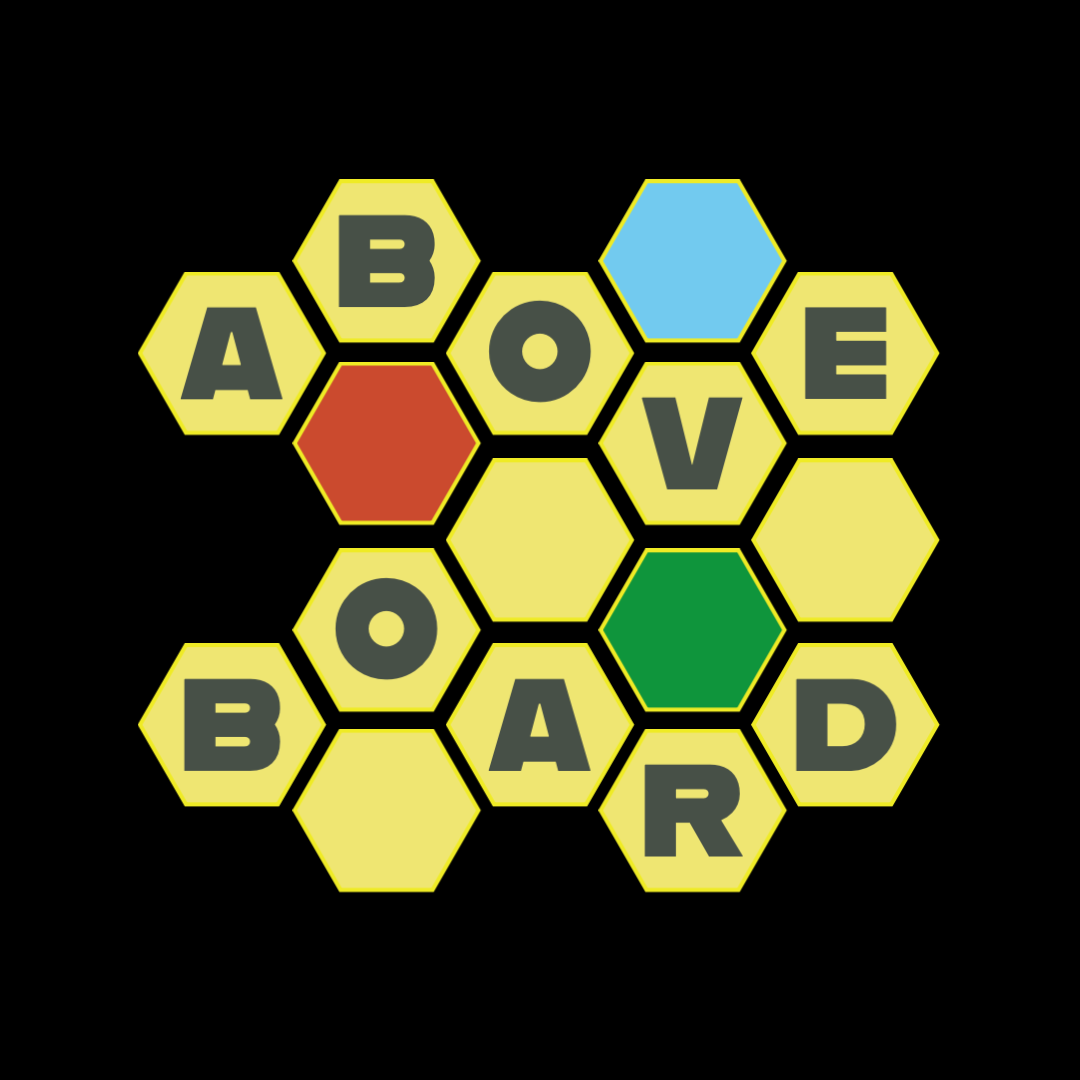Firefly: Misbehavin’ Review
Welcome to the Firefly ‘Verse where nothing's simple, and you’ll need some cunning, luck, and a lot of backstabbing to fill your tableau and fly to victory like a leaf on the wind.
2-4 Players 60 Mins Age: 14+
Designer: Jack Reda
Publisher: Gale Force Nine
You Know, It's All Very Sweet, Stealing From The Rich, Selling To The Poor...
Firefly: Misbehavin’ is a competitive deck-building game set in Joss Weldon’s beloved Firefly universe. Players choose from one of four factions and seek to fill their tableau and reach their target score before their opponents. However, to do this, players must misbehave to achieve their goals whether it be getting into fights, or capturing an opponent’s cards.
In Firefly: Misbehavin’, each turn is a blend of deck-building and tableau management, with players constantly striving to balance between acquiring cards and strategically placing them in their tableau to achieve victory. Players begin by drawing cards from their deck. These cards include crew, equipment, ships, and resources that are vital for recruiting more powerful cards or for "misbehaving"—the game’s term for actions such as attacking other players or stealing their cards.
Each turn, players can take several key actions:
Recruit, which adds new cards to their tableau by paying resources. Cards can be crew members, ships, or items from the Firefly universe. For example, adding a ship might increase your transport capacity or provide bonuses in combat.
Make Deals, players can trade or negotiate with other players or use the "make a deal" mechanic to acquire cards that are more powerful than what they could recruit normally.
Misbehave, players can attack opponents, attempting to remove cards from their tableau or capture valuable assets. Combat is resolved with card effects and the strength of the cards in play, which encourages tactical planning.
Activate Card Abilities, many cards have special abilities that can trigger during your turn, offering bonuses like extra resources or actions that help swing the game in your favour.
Your tableau is the heart of your game strategy. It consists of the cards you’ve recruited, which might represent crew members, ships, and equipment. Each card in the tableau contributes to your overall power and ability to win. However, focusing too much on building a strong deck without tending to the tableau can let you down, as your opponents will likely target your underdeveloped tableau to prevent you from securing the win.
After a player completes their actions, the turn passes, and they replenish their hand by drawing more cards. This cycle repeats until one player reaches the game’s victory condition, typically by filling their tableau or reaching a certain point threshold.
Time For Some Thrilling Heroics
The game deserves credit for trying to add something fresh to the deck-building genre. Rather than just churning through your deck, you're constantly torn between recruiting and making deals for higher-value cards to flesh out your tableau. The result is a tense, interactive experience where missteps can be costly, and there’s never enough time to do everything.
As a deck builder, Firefly: Misbehavin’ boasts a high level of interactivity. Players are incentivised to sabotage each other’s progress through confrontation. For example, if one player is close to filling their tableau and achieving victory, others may gang up to take out their most valuable cards. This makes attacking and stealing essential to keeping the game competitive and balanced. Attacking your opponents is almost a necessity to prevent them from pulling too far ahead. It’s a dirty, cutthroat race, and it encapsulates the back-and-forth struggle of the Firefly universe.
Finally, each faction feels thematically distinct, which is a nice touch. The multiple scenarios provide a good level of replayability, as each play-through feels a bit different depending on the scenario and factions involved.
Curse Your Sudden But Inevitable Betrayal
As much as this game has so much going for it, not all is right and good in the ‘Verse. While I appreciate its innovations, the game didn’t quite scratch the itch for me as a deck-builder fan. I kept waiting for the satisfying progression of building a more powerful, rewarding deck, but it just never arrived. Perhaps a bit too late I realised that this game isn’t about deck-building in the traditional sense. Focusing too much on your deck means neglecting your tableau, and that’s where I stumbled. For fans of classic deck-builders like Dominion or Clank! this shift might feel jarring.
And if you're a solo gamer, look elsewhere—this game thrives on player interaction, and a solo mode simply wouldn’t work with the faction-based mechanics, at least not without a host of additional game mechanisms introduced to support it… a future solo expansion perhaps?
But without a doubt, the most disappointing aspect of Firefly: Misbehavin’ are the cards themselves. They feel like a betrayal; thin, flimsy, and prone to damage. For a game built around card play, this feels like a major misstep. Sure, you could sleeve them, but should you need to do so? Sadly, the answer here is a resounding yes.
Guess I'm Just a Good Game. (looks at cards) Well, I'm All Right.
This brings me to the overall art and component quality. The card art comprises production stills from the show, some images depict out-of-focus background characters or ‘blink and you’ll miss it’ props, etc. I get that there are a great many cards for which to source images, and artists don’t come cheap, so it’s likely this was a cost-cutting measure to keep the game at a more realistic price point, which in this day and age of soaring board game costs, I can certainly respect. This is more a case of buyer beware, if art quality is a strong selling point for you, then this one may be a miss, however, if you’re all about the gameplay, then there’s no reason to avoid this one.
I mentioned it before, but it bears repeating, the card quality is bafflingly poor, the cards are made of thin, low-quality cardboard and are difficult to shuffle and prone to bending or developing frayed edges. A disappointing decision given that the cards are the focus of a deck-building game. Granted they can be sleeved, but it’s up to you if the added expense would be worth it here. For me, it wasn’t. Other components such as tokens and the game boards don’t suffer the same quality issues as the cards and appear to be made of sturdy card stock.
May Have Been The Losing Side. Still Not Convinced It Was The Wrong One.
Firefly: Misbehavin’ was an uneven experience that came close to moments of greatness, but often left me feeling disappointed at what could have been. There are moments of brilliance; high tension, cutthroat interactions, and strong thematic integration. But those highs were tempered by frustrating production choices and a gameplay loop that didn’t quite resonate with me as a deck-building fan. For super fans of the show, there may be more to love here, but as a filthy casual I can’t see this getting to the table that often as there are simply too many other games out there that scratch the deck-building itch for me.
A huge thank you to Gale Force 9 for supplying this review copy! If you’re a fan of their work I do urge you to check out my review of Aliens: Another Glorious Day in the Corps which is a personal favourite. What are your thoughts on Firefly: Misbehavin’? Did your experience hit differently than mine? Let me know in the comments below. For more news, reviews, and game-related fun stuff, feel free to join our growing Above Board community on Facebook or Instagram. Until next time, aim to misbehave and stay shiny!












